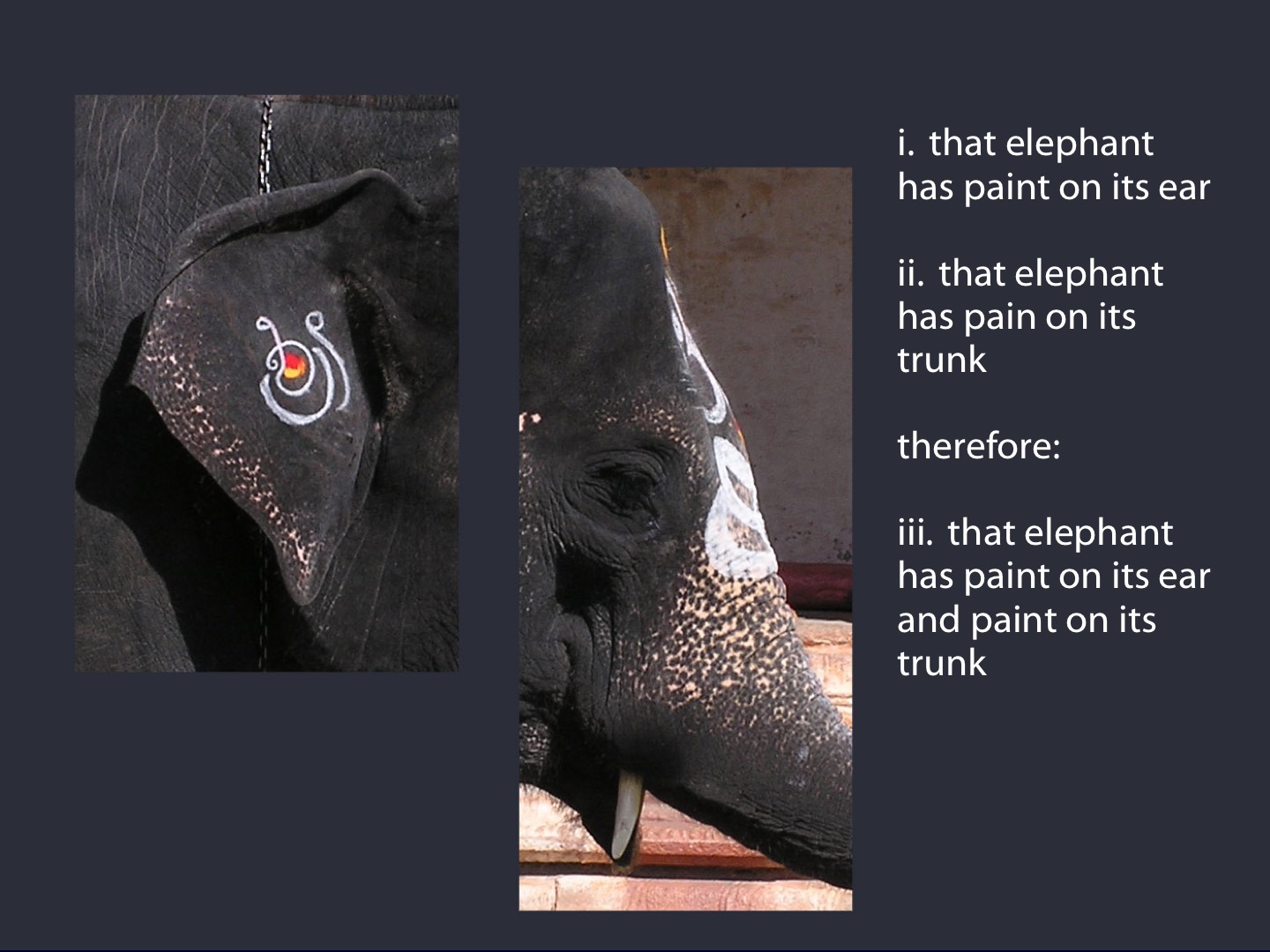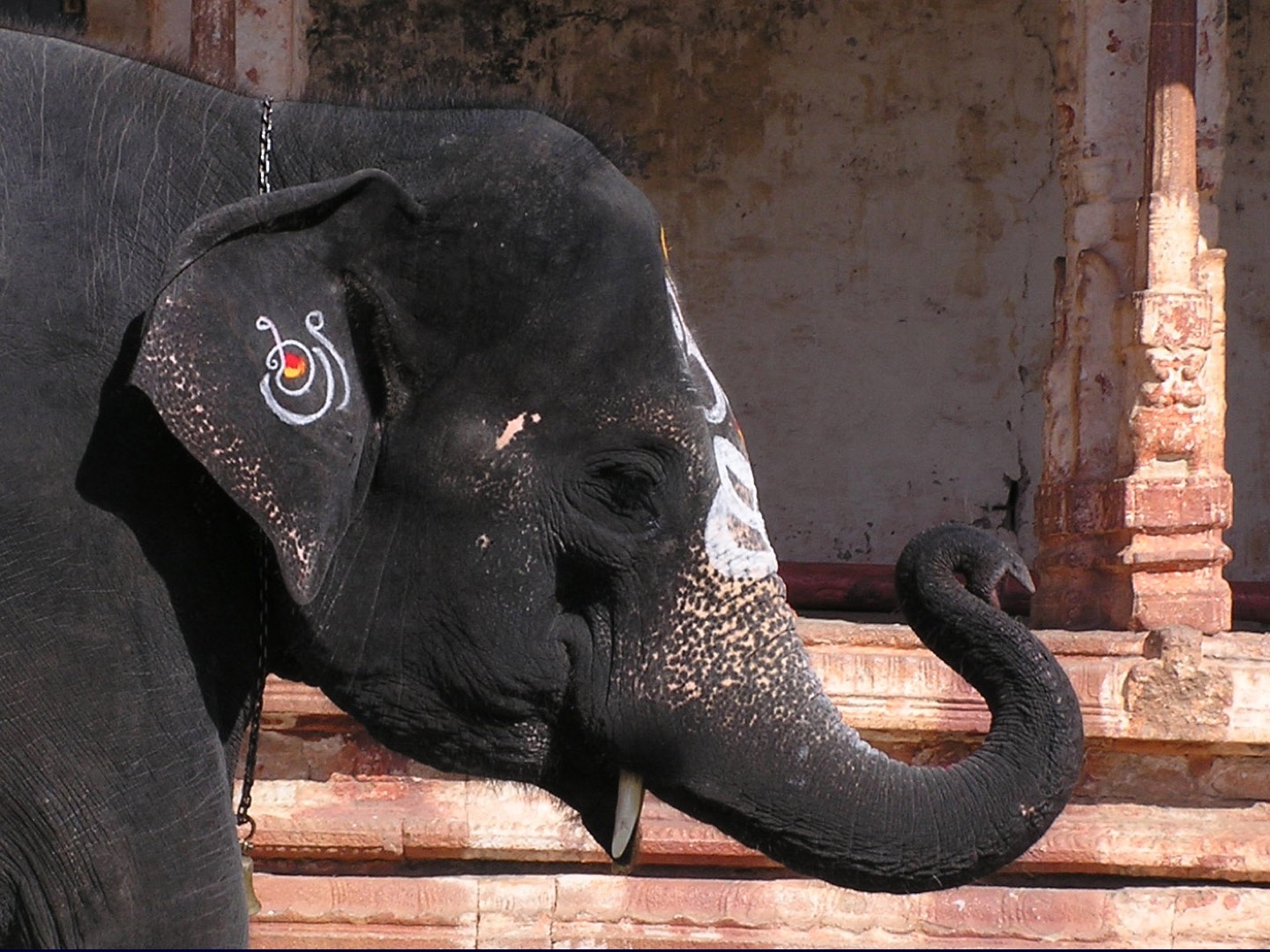Click here and press the right key for the next slide (or swipe left)
also ...
Press the left key to go backwards (or swipe right)
Press n to toggle whether notes are shown (or add '?notes' to the url before the #)
Press m or double tap to slide thumbnails (menu)
Press ? at any time to show the keyboard shortcuts
Sense and Descriptions

Samantha is Samantha
Samantha is Charly

Samantha Caine
Suburban homemaker and the ideal mom to her 8 year old daughter Caitlin. She lives in a New England small town, teaches in a local school and makes the best Rice Krispie treats in town.


Charly Baltimore
a highly trained secret agent and cold-blooded killer involved in the government's most unscrupulous affairs.
?
The sense of my utterance of ‘Charly Baltimore’ is this description:
the highly trained secret agent suffering from amnesia in New England.
The sense of my utterance of ‘Samantha Caine’ is this description:
the New England teacher with an 8 year old daughter who makes the best Rice Krispie treats in town.
‘all that anyone has been able to think of is that different [i.e. senses] are a matter of different descriptions being associated with the signs.
Some other views have been tried ... But these ideas have not been found compelling’
Campbell, 2011 p. 340
?
The sense of my utterance of ‘Charly Baltimore’ is this description:
the highly trained secret agent suffering from amnesia in New England.
The sense of my utterance of ‘Samantha Caine’ is this description:
the New England teacher with an 8 year old daughter who makes the best Rice Krispie treats in town.
Contrast that utterance of ‘Charly is Charly’ with the utterance ‘Charly is Samantha’
ftbe: These may differ in informativeness.
Terminology: call whatever aspect of meaning explains the difference ‘sense’.
The sense of an utterance of a word (or phrase)
is what you know when you
have knowledge of reference.
✓
Contrast that utterance of ‘Charly is Charly’ with the utterance ‘Charly is Samantha’
ftbe: These may differ in informativeness.
Terminology: call whatever aspect of meaning explains the difference ‘sense’.
?
The sense of my utterance of ‘Charly Baltimore’ is this description:
the highly trained secret agent suffering from amnesia in New England.
The sense of my utterance of ‘Samantha Caine’ is this description:
the New England teacher with an 8 year old daughter who makes the best Rice Krispie treats in town.
✓
ftbe:
Communicators can know, sometimes,
whether they are understanding.
How?
Utterers make rational, voluntary use of some regularites
while merely conforming to others.
How is this possible?
∴ there is a mental state of the utterer in virtue of which her utterance refers to ‘Earth’.
Call this mental state ‘knowledge of reference’.
?
The sense of my utterance of ‘Charly Baltimore’ is this description:
the highly trained secret agent suffering from amnesia in New England.
The sense of my utterance of ‘Samantha Caine’ is this description:
the New England teacher with an 8 year old daughter who makes the best Rice Krispie treats in town.
?
The sense of my utterance of ‘Charly Baltimore’ is this description:
the highly trained secret agent suffering from amnesia in New England.
The sense of my utterance of ‘Samantha Caine’ is this description:
the New England teacher with an 8 year old daughter who makes the best Rice Krispie treats in town.
✓

‘There is a common-sense picture of the relation between knowledge of reference and pattern of use.
... you use the word the way you do because you know what it stands for’
Campbell, 2002 p. 4
?
The sense of my utterance of ‘Charly Baltimore’ is this description:
the highly trained secret agent suffering from amnesia in New England.
The sense of my utterance of ‘Samantha Caine’ is this description:
the New England teacher with an 8 year old daughter who makes the best Rice Krispie treats in town.
Are senses descriptions?
Example (use 1): “A bear is about to attack me”
contrast: ‘A bear is about to attach Steve’
The sense of ‘I’ cannot be the sense of ‘Steve’.
Example (use 2): “A bear is about to attack me”
“When you and I entertain the sense of "A bear is about to attack me," we behave similarly. We both roll up in a ball and try to be as still as possible …
“When you and I both apprehend the thought that I am about to be attacked by a bear, we behave differently. I roll up in a ball, you run to get help.”
Perry, 1977 p. 494
Could the sense ‘I’ be a description?



Are senses descriptions?